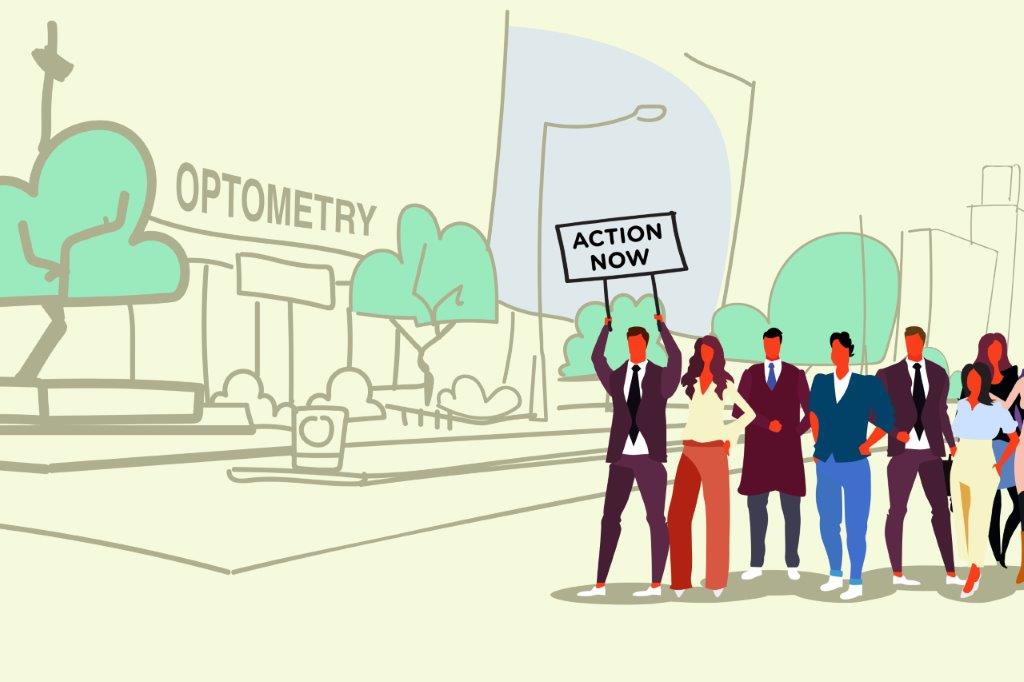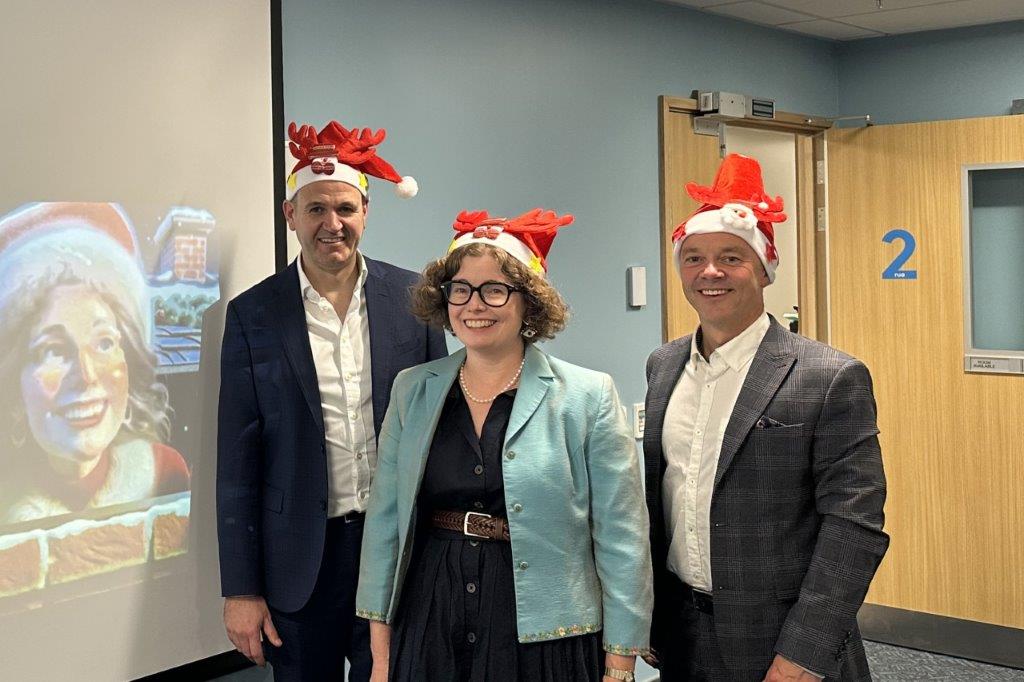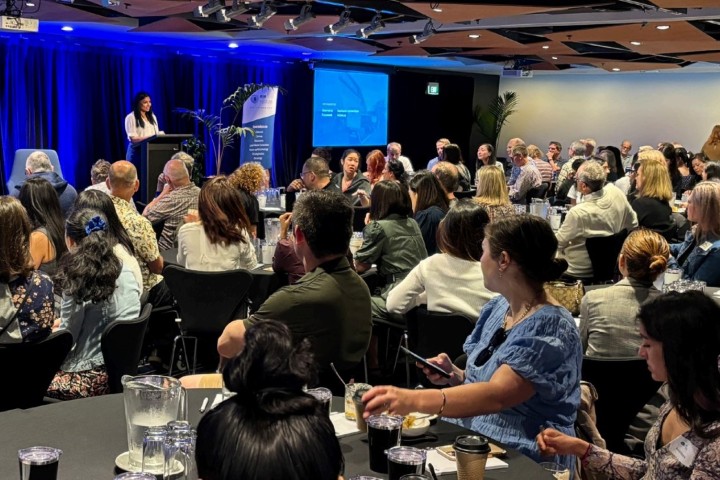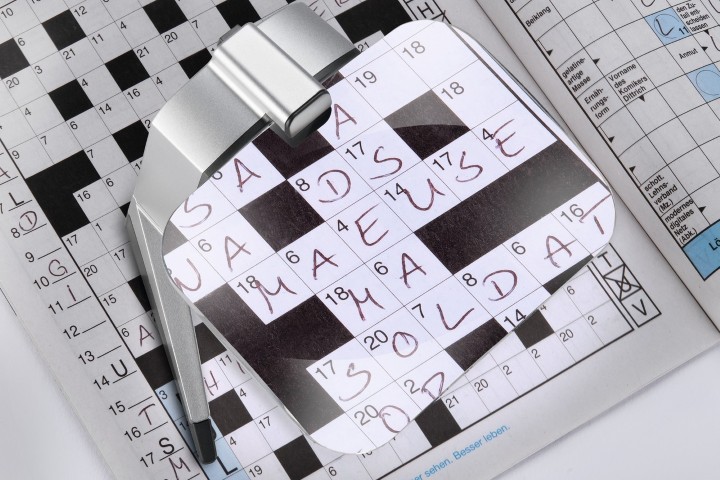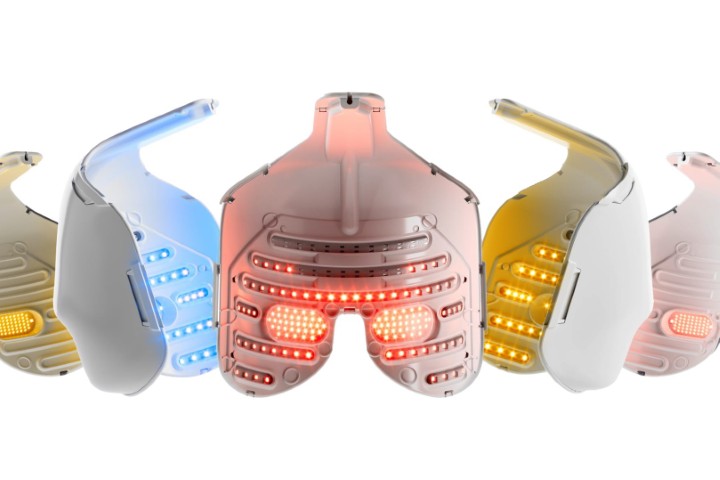Earthquake lessons?
After the Christchurch earthquakes, a paper titled, ‘Disorientated and immobile: the experiences of people with visual impairments during and after the Christchurch, NZ 2010 and 2011 earthquakes” appeared in the Journal of Visual Impairment and Blindness, written by Dr Gretchen Good, Dr Suzanne Phibbs and Kerry Williamson, senior lecturers from Massey University’s School of Public Health. The paper highlighted the needs of visually impaired people during earthquakes and how seismic activity affected their sense of independence and mobility.
Everybody interviewed in the report highlighted that personal contact with someone in the week following the earthquake was essential, especially as there was little agency support on offer. Those with larger social support networks reported far quicker recovery from trauma than those who were more isolated, especially as a post-earthquake environment is so much more isolating for a visually impaired person: familiar landmarks have disappeared, bus routes altered, barriers and rubble on sidewalks, no help crossing roads due to detours and inactive crossings, all creating a great deal of extra stress.
Understandably, older, visually impaired people were particularly vulnerable and the report showed that those who appeared to be coping well within a community may rapidly deteriorate in times of disasters.
Also Dr Good’s personal experience gives a frightening insight into the world of coping with natural disasters and disabilities, as well as practical advice. “As a vision impaired diabetic, with a broken foot, who utilises an assistance dog, I was very apprehensive about attending a conference in Wellington one week after the (Wellington) quake. Many delegates simply did not travel to Wellington for the conference, avoiding aftershocks altogether. I decided to leave the dog at home, because although I would have appreciated her presence and assistance, I had learned from our research that her skills could be compromised if she experienced a traumatic quake with me in Wellington. Having her with me would also have reduced my options for travel if I needed to get to higher ground quickly, ie. she would not fit in every car. I felt the buildings sway much of the time I was in attendance at the conference which was disconcerting. The thought of being in a hotel in the Central Business District, not too far from the waterfront, amidst lots of glass and tall buildings was concerning. But I had learned some lessons: I had an emergency bag packed with a cane, medicine, food, water, good walking shoes, a flashlight and phone charger hanging on the hotel door and in my arms throughout my stay in Wellington. I also registered with the hotel’s disability register. This gave me peace of mind.”
So, what have we learned?
Following the Kaikoura earthquake of November 2016, the same authors wrote, ‘Disasters and disabled people: have any lessons been learned?” They noted that three days after the earthquake the Ministry of Social Development launched a free telephone helpline to provide a one-stop source of information on services and assistance available. Three days! Hello? Is anyone out there?
The quality of information available from radio news was generally poor, as it tended to be light on up-to-date facts and frustratingly lacking in information about local conditions such as disruption to local walkways or bus routes. The Blind Foundation also worked at a local level, attempting to contact individuals. Immediately after the Christchurch earthquake, there was extensive counselling, orientation and mobility, and guide dogs support. The Foundation’s response after the Kaikoura earthquake was to use their Facebook page for people to check in on each other (a new development since the Christchurch earthquake). This is good in theory, but Chalkeyes would like to know how many of the 12,000 or so members of the Foundation use Facebook. Also, doesn’t it make the rather large assumption that a person’s specially-adapted computer or mobile is accessible after an earthquake and they are happy to use up precious battery time checking Facebook? And what about all the visually disabled people who are not ‘blind enough’ to be members of the Foundation?
When questioned about this, the Foundation provided the following statement, “There are concerns that people who are blind or have low vision, and deaf-blind do have some quite specific needs in civil emergency situations that do need to be accommodated in local civil defence planning. These would include the minimisation of disorientation, the provision of orientation and mobility aids such as guides and the accommodation of guide dogs.”
It’s good to hear the Foundation has concerns about these things, but there doesn’t seem to be much action or ideas about what to do to improve things. The Foundation continues: “As we review the Blind Foundation’s emergency response documentation, it is probable that we will prepare advice for civil defence agencies to cover these issues and to be included in civil defence operation procedures.”
Probable? Who else is likely to advise Civil Defence on the needs of the blind and visually impaired? RANZCO? NZAO? Save Sight Society? Fred Hollows Foundation? Surely this should have been done as a priority. Was the Christchurch earthquake not enough of a wakeup call? What else are we waiting for, Armageddon?
According to the Massey study, “One District Council has proposed that a registry of disabled persons be established to ensure assistance is made available to those who need it in an emergency, such as those who are vision impaired and live alone, those who rely on electricity for medical reasons, those who are hearing impaired and cannot access news transmitted by radio, those who are physically disabled and unable to travel during an emergency, to name a few.” Oh really? Would you not think that was obvious? But wait, there’s more. “To date, however, no such registry exists. It should be noted that privacy laws can hinder such a registry.” Really? Since when has political correctness superseded common sense?
When asked if any progress had been made on developing a registry Dr Good replied, “I continue to be concerned about "disability registries" because I believe they can give a sense of false security. The reality is that in an emergency, people will be concerned with themselves, their families and those in their immediate vicinity. Who would have the time or resources to monitor a disability registry? And what could one do if they did make phone calls to check on people after a disaster. How would one respond if nobody answered a phone? It is very clear that each person should be prepared to take care of their immediate needs as best as possible in the event of a disaster. And we should all have a network of personal contacts to check in with after an event.”
Chalkeyes kept digging and eventually turned up a lengthy document called, ‘Welfare services in an emergency, directions guideline (Nov 2016)’, which provides guidance to support the coordination and delivery of welfare services in an emergency. Conspicuously missing from the list of mainly government organisations and welfare services contributing or taking direction from this guide are the many organisations who work with disability groups. There are sections on assistance to children and animals, but no mention of people with disabilities. Good to know the priorities!
Drilling down to the level of Community Response Groups, Chalkeyes found the plan does cover immediate needs assessment in urban and rural areas which, while not specific to disabilities such as visual disability, should, if followed, provide the necessary immediate assistance. There are instructions and templates for groups to go house-to-house checking on occupants and doing a needs assessment. This is more likely to be effective in small, regional centres than in larger, urban settings where communication with and knowledge of “pre-identified vulnerable groups” is more certain.
Things don’t always go to plan, however, even in a country like New Zealand where we have far too much experience to draw on, there seems to be no substitute for individuals taking responsibility for their own emergency plan including making arrangements for a contact person who can also access local emergency services on their behalf.
In the last report’s closing statement, Drs Good and Phibbs state: “It would be even better if individuals in the fields of disability and visual impairment could keep spreading the word and encouraging officials and communities to include those with disabilities in disaster planning.”
Chalkeyes couldn’t agree more, hence this column. We all need to talk about this, to get the word out to our local community groups, sports groups, service clubs to remind others of the need to have an emergency plan to include those who may not be able to help themselves. After all, isn’t that our job, to look after our patients as best we can in any situation!
















